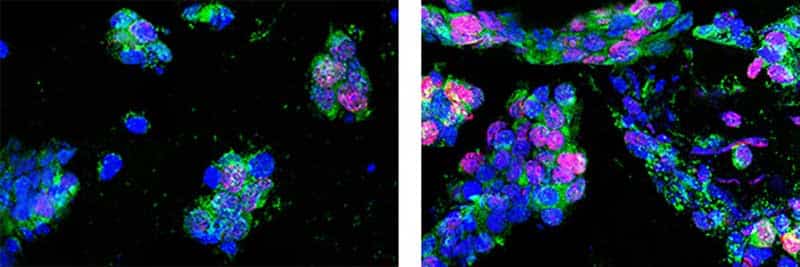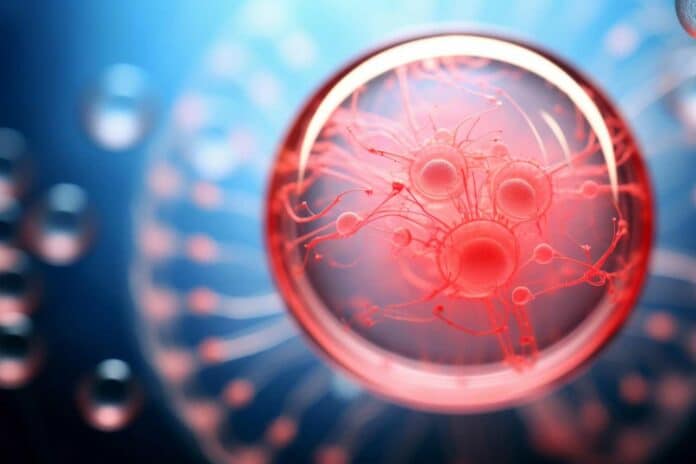Scientists at Uppsala University wanted to determine how prolonged periods in space affect stem cells, so they conducted experiments on board the International Space Station (ISS).
Their experiment reveals that the stem cells survived longer than planned in severe anaerobic conditions (without access to oxygen). During a two-week spaceflight, the ability of cells to survive and grow in space was studied, yielding promising results. They not only survived in anaerobic conditions but also displayed new characteristics.
Scientists have also shown that the stem cells in space are stronger.
The microgravity-exposed cells and the control group cells that stayed on Earth have slowly multiplied since returning to Uppsala. However, the cells in space started to multiply extremely swiftly after a few days. Uppsala Biomedical Center freezers hold several million stem cells that have gained unique properties from space.
Scientists have analyzed genetic material and solutions from space. They were particularly interested in how the growth would proceed when the cells were placed in 3D-printed support material.

Elena Kozlova shows microscope images of how fast the space cells multiplied compared to the control group.
She said, “We see that statistically, those that have been in space are much better at multiplying than control cells on Earth. This opens up new possibilities for future medical research and treatments.”
Scientists are now looking forward to more experiments to conduct further research into their findings, focusing on how they can be applied on Earth. In additional experiments, scientists will simulate microgravity effects on Earth. It may reveal mechanisms leading to new treatments for various diseases, such as stem cell therapy for neurodegenerative diseases or type 1 diabetes.
